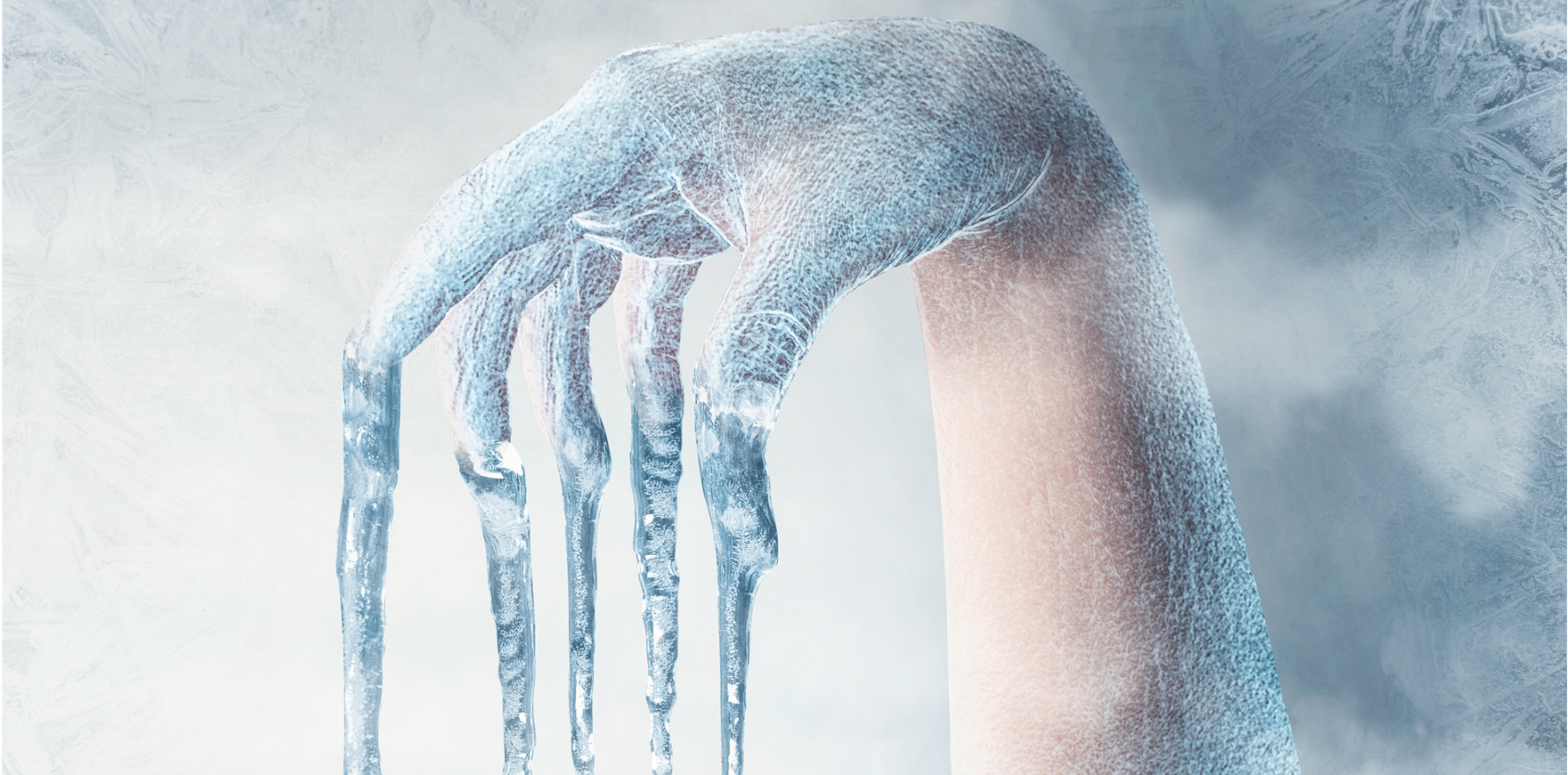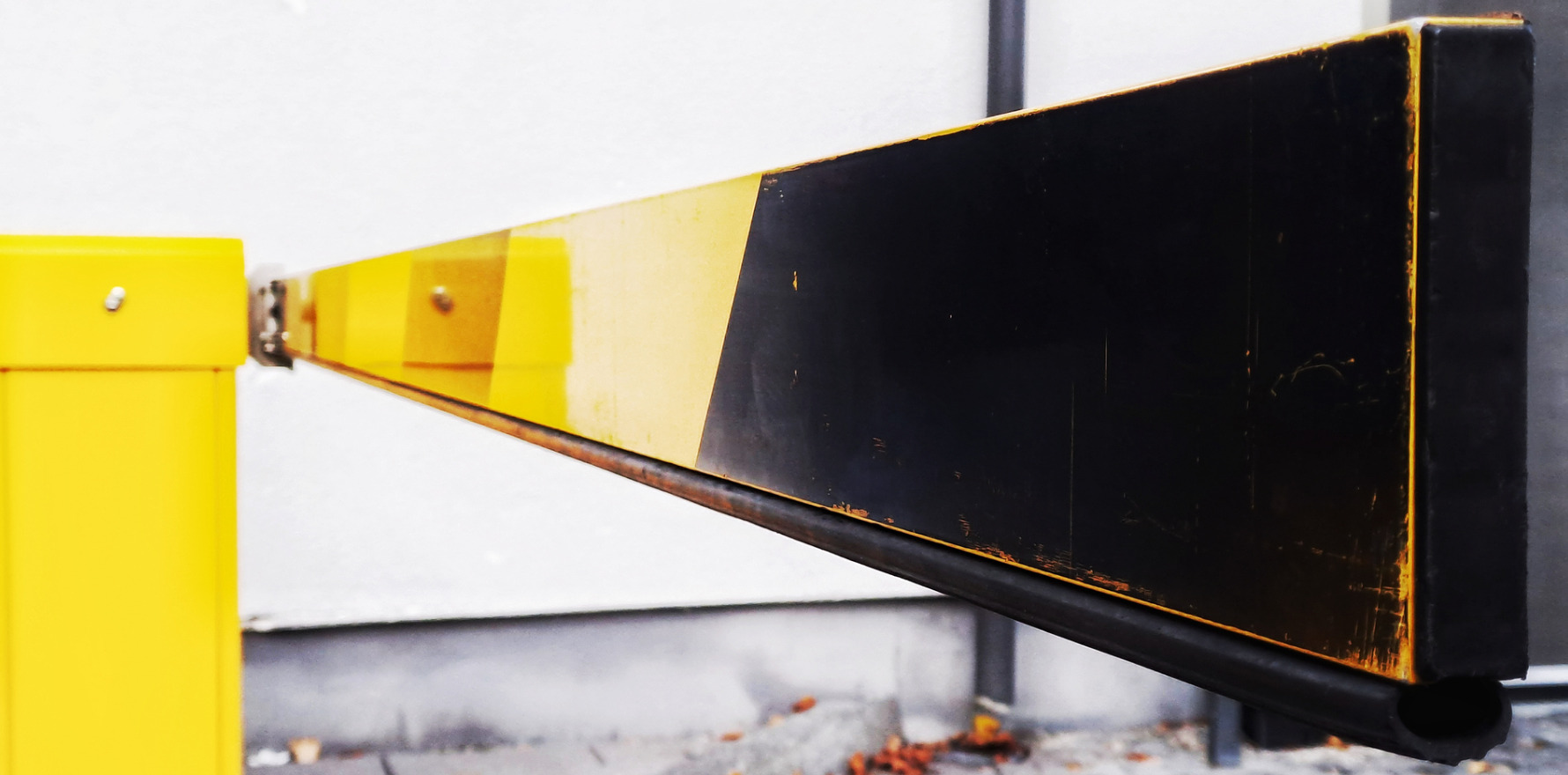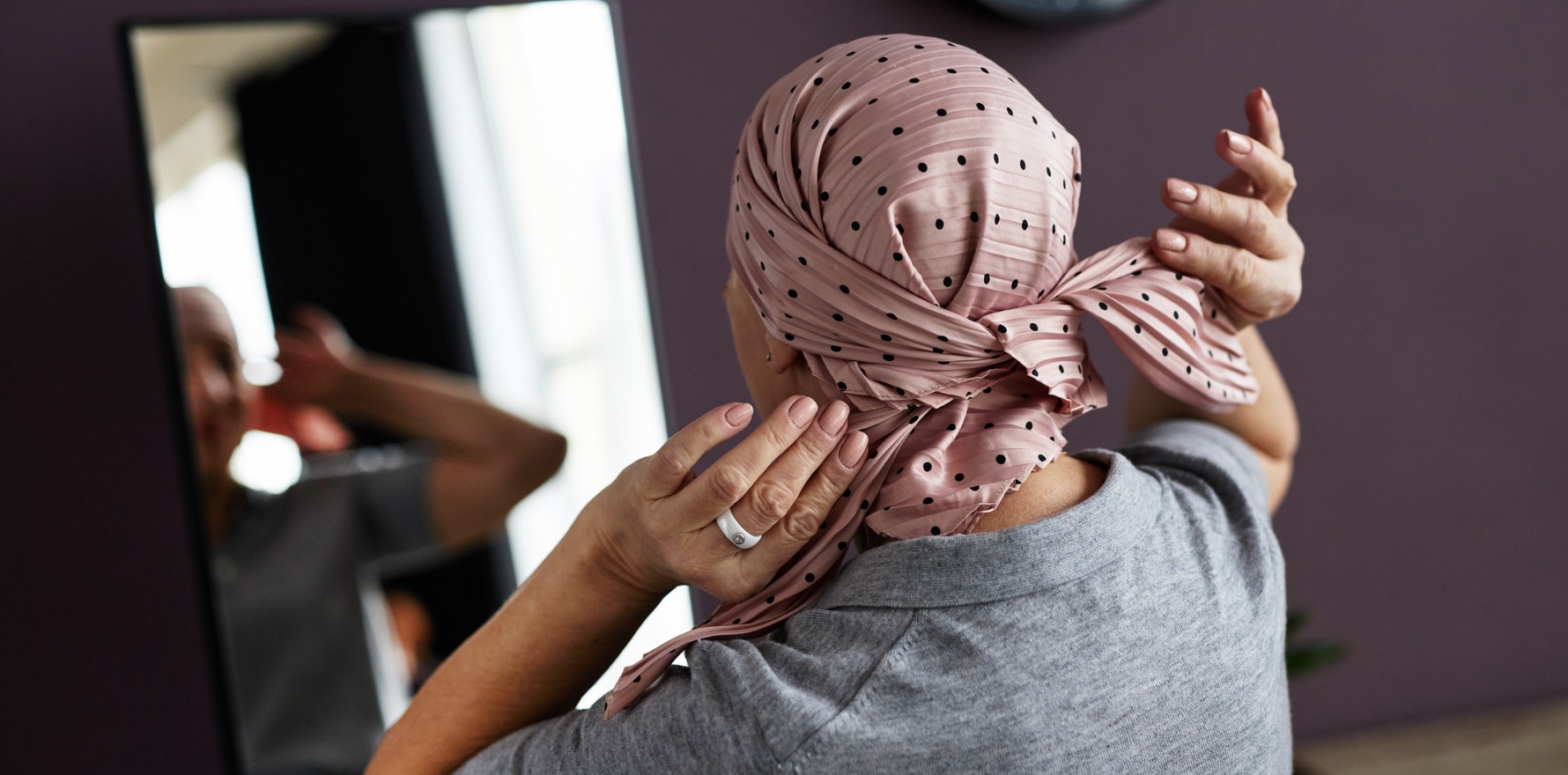
These low-risk options are ‘highly effective’ at reducing the risks of high-grade taxane-induced neuropathy.
Cancer patients who were treated with hand cooling or compression were significantly less likely to develop grade 2 or higher chemotherapy-induced peripheral neuropathy, according to new research.
The researchers randomly assigned 122 women with primary breast cancer to receive either compression or cooling of their dominant hand, with their non-dominant hand used as a control. Participants were taking weekly nab-paclitaxel-based or paclitaxel-based neoadjuvant or adjuvant chemotherapy. Twenty-one patients dropped out, mostly because they wanted to try the experiment on both hands, the authors said.
The intervention was given 30 minutes before, during and after taxane administration. Participants were either given a frozen glove to wear, or two surgical gloves that were a size smaller than a tight-fitting glove.
“Both methods nearly halved the risk of high- grade sensory CIPN,” the authors wrote in JAMA Oncology.
“Compression, being accessible, cost-effective and well tolerated, could have an important role in clinical practice. These findings may enhance the tolerability of taxane therapies beyond gynaecological oncology.”
The researchers found that half of participants developed high-grade CIPN, and nearly one in five stopped chemotherapy because of it.
In the cooling group, 15 women had high-grade CIPN in their cooling arm, compared to 26 in the control arm. Similarly in the compression group, 12 experienced high-grade CIPN in the intervention arm and 19 in the control arm.
“Participants treated with nab-paclitaxel showed a higher risk, likely due to higher cumulative taxane dosages or different solvents. Current data indicate a higher risk in patients who are older, African American, diabetic or have prior sub-clinical polyneuropathy,” the authors wrote.
They found no increased incidence associated with older age, BMI, HbA1c, alcohol consumption or smoking.
Medical oncologist Professor Fran Boyle, at the University of Sydney, said cryotherapy was currently used at the Mater Hospital and several other sites in Sydney – but that it could be more widely used in Australia.
“One of the challenges is we’re not absolutely sure why it works,” she said.
“We think probably it reduces the metabolism of the nerve endings. Because the microtubules in the nerves actually transport food to the nerve endings, if you’ve got nerve endings that are asleep, in theory, their metabolism will be less.”
Another theory was that vasoconstriction led to less chemotherapy penetrating the nerve, much as scalp cooling reduced chemotherapy into the hair follicles, she said. Professor Boyle and her colleagues were currently studying the mechanism of action.
Clinicians often weren’t aware of this as a potential therapy, she said.
Cryotherapy could also be painful and inconvenient. Clinics sometimes have gloves in a freezer in the unit, or patients could purchase their own kit including a small freezer box with gloves and boots, she said.
Professor Boyle said compression would be more practical, although she wasn’t sure about the mechanism of action, and said more research was needed before she would adopt it.
“The only other strategy we really have for preventing neuropathy is very close monitoring during treatment – asking the patient about their symptoms and stopping the drug if they’re starting to develop neuropathy,” she said.
But if there was no alternative to treatment, then having a preventive strategy that was easy to use was “a great idea”, she said.
“It’s not going to allow people to start becoming casual about neuropathy. It’s still very important that patients are questioned regularly about their symptoms,” Professor Boyle said, adding that the best way of measuring neuropathy was just to ask patients about symptoms.
While this study focused on women with breast cancer, Professor Boyle said the intervention could be used for patients taking neurotoxic medications for a range of conditions, including haematological cancers and colorectal cancers.
This paper builds on several recent studies with promising findings for cryotherapy, including a meta-analysis of 17 trials and over 2800 patients published last year that found it was effective in reducing peripheral neuropathy in patients with gastrointestinal, breast and gynaecological cancers.
More research is currently under way to determine whether hand cooling may help prevent peripheral neuropathy in patients with colon cancer who are taking oxaliplatin.
The authors said this was the first randomised clinical trial to compare both methods, and both were “highly effective” in preventing sensory CIPN.
They acknowledged that a lack of blinding could have affected the results, and the findings may have been limited by the exclusion of patients who had pre-existing neuropathy and related comorbidities and those taking antidepressants.
“Participants with high-grade CIPN showed a worse global health status during therapy that continued to be reduced six to eight months after the last taxane application despite only 6.5% still showing high-grade CIPN at this time point. This suggests that the long-term disability due to CIPN is underestimated by [Common Terminology Criteria for Adverse Events] criteria.”




